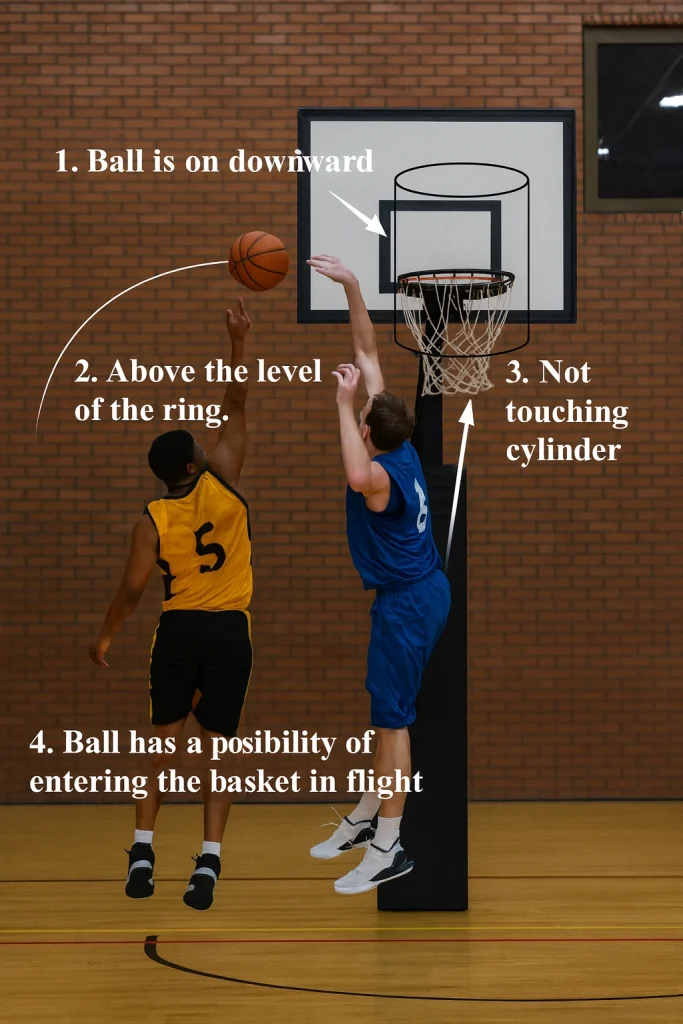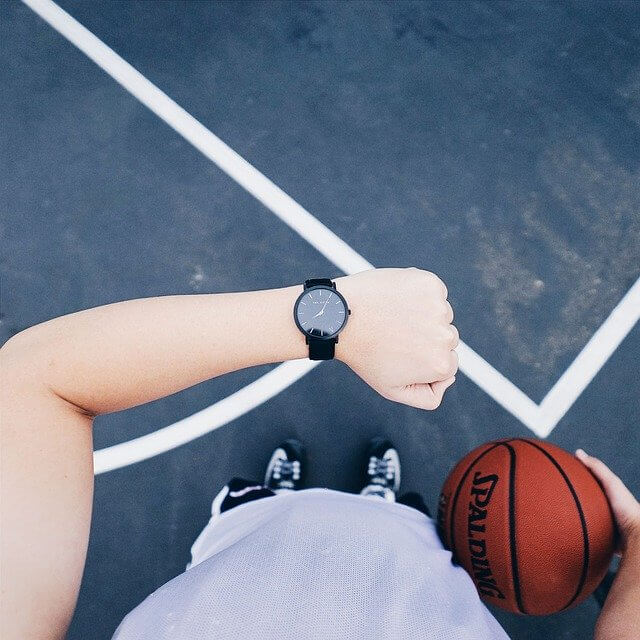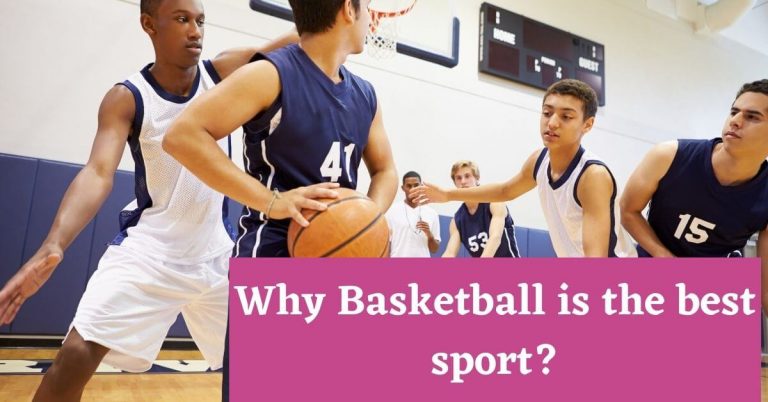Goaltending in Basketball: The Ultimate Visual Rule Guide (NBA, NCAA, FIBA)
You’ve seen it happen: a game-winning shot swatted away, only for a sharp whistle to blow. The referee signals goaltending, and the basket counts. But why? Was it the right call?
Goaltending is one of basketball’s most nuanced rules. This isn’t just a simple definition—this is your ultimate guide. We’ll use official rulebooks, video evidence, and clear examples to explain exactly what goaltending is in the NBA, NCAA, and FIBA, how the penalties work, and why some of the most controversial calls in history were made.
Key Takeaways for Players & Fans:
- Goaltending results in the shot being counted, whether committed by the offense or defense.
- The ball’s trajectory and position relative to the rim’s “cylinder” are everything.
- FIBA rules are fundamentally different: once the ball touches the rim, it’s live.
- Understanding this rule is crucial for appreciating defensive timing and shot integrity.
What is Goaltending? The Core Rule Explained
At its core, goaltending is a violation called when a player illegally interferes with a shot that is on its downward flight toward the basket, is directly over the rim, or is touching the rim. The result is that the shooting team is awarded the points for that field goal attempt.
| League | Defensive Goaltending | Offensive Goaltending | Key Nuance |
|---|---|---|---|
| NBA | Touch ball on downward flight above rim; touch in cylinder; vibrate rim/backboard. | Touch ball on/over rim/cylinder; touch after backboard hit on downward path. | Ball on the rim = violation. Cannot touch it. |
| NCAA | Very similar to NBA rules. | Very similar to NBA rules. | Follows the same “cylinder” principle. |
| FIBA | Touch ball on downward flight above rim; touch in cylinder. | Touch ball while it’s on the rim and still has a chance to enter the basket. | Ball on the rim = generally legal. A defender can swipe it away. |
Defensive Goaltending: Rules and Penalty
This is the most common form of the violation. According to the NBA Rulebook (Rule 11, Section I), it occurs when a defender interrupts a shot’s natural trajectory in one of three ways:
- Downward Flight: Touching the ball during a field goal attempt while it is on its downward flight and entirely above the rim level.
- In the Cylinder: Touching the ball while it is inside the imaginary cylinder that extends upwards from the rim.
- Rim Interference: Vibrating the rim or backboard so severely that it causes the ball to take an unnatural bounce, regardless of the ball’s position.
The Penalty: The shooting team is automatically awarded the points for that shot (2 or 3). The points are credited to the shooter who attempted the shot.
Offensive Goaltending: The Unfair Advantage
An offensive player cannot create a second-chance opportunity by interfering with the ball around the rim. Offensive goaltending is called when:
- A player touches the ball while it is on the rim or directly above the basket cylinder.
- A player pulls the rim down to cause the ball to bounce in.
- A player touches the ball after it has touched the backboard and is on a downward path toward the rim.
The Penalty: The play is immediately whistled dead. No points can be scored, and possession is awarded to the defensive team.
Goaltending protects the offensive player’s shot attempt, while the charging foul protects the defender’s established position on the floor. Understanding this balance of rules is key to mastering game strategy. (For a complete breakdown, see our guide to the charging foul in basketball).
Goaltending vs. Basket Interference: The Crucial Distinction
While often used interchangeably, there’s a technical difference that referees recognize:
- Goaltending specifically refers to interfering with a ball in flight during a shot attempt that is on its downward arc.
- Basket Interference is a broader term. It includes goaltending but also applies to interfering with the ball after a missed shot while it is on or within the rim/cylinder. For example, knocking the ball out of the cylinder after it has bounced on the rim is basket interference, not goaltending.
For most fans, the outcome feels the same: a violation is called, and points are either awarded or nullified.

Famous & Controversial Goaltending Calls in History
Understanding the rule is one thing; seeing it in high-stakes moments is another. These famous examples cement its importance.
1. The Rule’s Origin: George Mikan
The rule was created in the 1940s specifically to counter the dominance of George Mikan, a 6’10” superstar. He was so tall and skilled that he could simply wait for opponents’ shots to peak and then swat them away as they fell toward the basket. The NCAA instituted goaltending in 1944, and the NBA followed in 1945, fundamentally changing defensive play by forcing defenders to block shots on the way up.
2. The 2018 NBA Playoffs: LeBron James’ No-Call
In Game 1 of the 2018 First Round, LeBron James appeared to block Victor Oladipo’s shot while it was on the rim. It was not called, sparking massive debate. Under NBA rules, this was likely basket interference, as the ball was on the cylinder. This non-call highlights the difficulty of real-time judgment and is a perfect example of a play that is now reviewable via coach’s challenge.
Advanced Nuances & Referee Interpretation
Can You Challenge a Goaltending Call?
Yes, in the NBA. Since the 2019-20 season, goaltending and basket interference violations have been added to the list of reviewable plays via a coach’s challenge. A coach can challenge whether a call was made correctly, and officials will use replay to make a final determination.
The “Clear Path” and “No Chance” Exceptions
What if the ball has no chance of going in? The rule is specific: it must be a field goal attempt with a chance to score. If a shot is an airball heading out of bounds, or is clearly off-target with no possibility of hitting the rim, officials are instructed not to call goaltending, even if a defender touches it on a downward path. The play is considered dead.
FAQ: Your Goaltending Questions, Answered
Can you have goaltending on a free throw?
Yes. If a defensive player interferes with the ball on a free throw before it touches the rim, it’s a violation. The free throw is counted as made.
Is it goaltending if the ball is still going up?
No. This is a legal block. A defender can legally block a shot as long as the ball is on its upward flight and has not yet reached the peak of its arc. This is the essence of timing a block.
What are the international rules (FIBA) for goaltending?
The major difference is that once the ball touches the rim in FIBA, any player can legally play the ball. A defender can swat the ball away after it hits the rim, an action that would be goaltending in the NBA. This leads to more aggressive rebounding and put-back attempts.
Does goaltending count as a block or a rebound?
No. Statistically, a defensive goaltending violation results in a made basket for the offense. It is not recorded as a block, steal, or rebound for the defender. It is simply a violation.
Conclusion: Mastering the Rule
The goaltending rule exists for one core reason: to preserve the integrity of the shot. It ensures that a well-taken shot isn’t unfairly negated after its peak and prevents offensive players from gaining unsportsmanlike advantages. By understanding the cylinder, the trajectory, and the key differences between leagues, you can move from confusion to clarity on one of basketball’s most critical rules.
Ready to apply this knowledge on the court? Check out our guide on the best outdoor basketball hoops to find a system that lets you practice your shot—and your legal blocks—for years to come.

Hello!
I’ve been playing and coaching basketball for over 15 years, and testing gear has always been part of my passion for the game. Over the years I’ve personally assembled and used more than 50 different basketball hoops — from budget portables you can roll onto a driveway to heavy in-ground systems that feel like what you see in gyms.
When I review a hoop, I don’t just copy specs from the box. I set it up, play on it in different conditions, and pay attention to how it holds up — whether it’s rim stability, rebound quality, or how the base handles wind and weather. I also keep up with the latest product releases and feedback from other players so my guides reflect what actually works, not just marketing claims.
My goal here at Outdoor Basketball Shop is simple: to share hands-on, unbiased insights so you can choose the right hoop for your space, your budget, and your style of play. Every recommendation is based on real testing and experience, and I always disclose when links may earn a commission, at no extra cost to you.
. Learn more about me on my about page.






